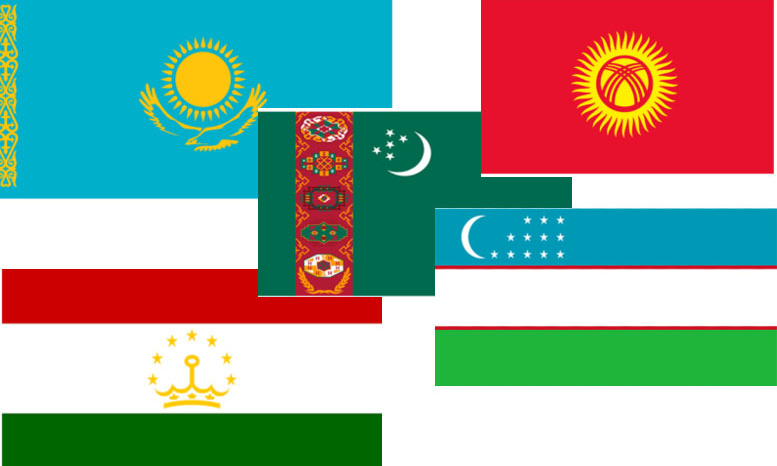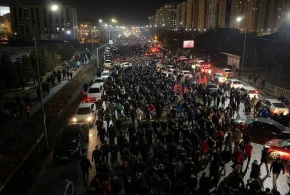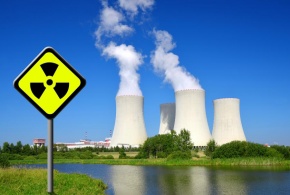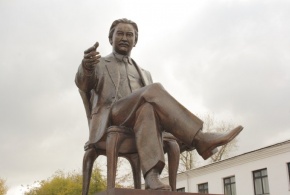
Economic growth in Central Asia is expected to moderate in 2018 and 2019, reflecting a need for fiscal consolidation in the region and slower growth in the extractive sector, the European Bank for Reconstruction and Development (EBRD) said.
In its latest Regional Economic Prospects report, the EBRD said regional growth would ease from 4.8 per cent in 2017 to 4.6 per cent in 2018 reflecting fiscal consolidation efforts and a sharp fall in gold output in the Kyrgyz Republic.
Growth is expected to moderate further in 2019, to 4.2 per cent, in the light of lower gains in the extractive sector and higher inflation limiting growth in real incomes and private consumption. However, the report said the Kyrgyz Republic, Tajikistan and Uzbekistan continued to benefit from a recovery in remittances, though they remain below pre-crisis levels of 2013-14.
In Kazakhstan, the growth rate was seen slowing to 4.0 per cent in 2018 and 3.5 per cent in 2019, from 4.1 per cent in 2017, because of slower gains from oil output. However, the foreseen substantial increase in the minimum wage would underpin private consumption to some degree. Fixed investment in the oil and gas sector was also likely to support economic growth.
In Uzbekistan, economic growth slightly decelerated this year, reflecting a deterioration of the trade balance and slower growth in private consumption in response to price increases. While Uzbekistan’s reform push lays the ground for solid growth in the years to come, the price and exchange rate liberalisation and the reduction of subsidies has led to the adjustment of relative prices and double-digit inflation. Growth may slow somewhat from 5.3 per cent in 2017 to 5.0 per cent in 2018 and to 4.5 per cent in 2019 as the result of a deceleration in real income growth due to inflation and a further widening of the trade deficit.
Growth in the Kyrgyz Republic is expected to reach 3.2 per cent in 2019, marginally higher than in 2018 as non-mineral exports are expected to grow, thanks to further Eurasian Economic Union integration, and as remittances rise further. The main forecast risks are slower than assumed recovery in mining and weaker than assumed growth of the Russian economy.
Economic growth in Mongolia remains solid after a strong recovery in 2017 of 5.1 per cent growth, up from just 1.2 per cent in 2016. Continued growth of mineral exports and strong foreign direct investment inflows are expected to result in growth of 6.1 per cent in 2018 and 6.0 per cent in 2019.
In Tajikistan, the economy has been supported by higher fixed investment and continuing recovery in remittances, the EBRD report said. However, it added the Tajik economy faced major fiscal challenges, a deteriorating public debt, unresolved financial sector weaknesses and significant business environment constraints. These tensions were likely to result in less favourable economic prospects in the coming years with growth projected to slow to 6.1 per cent in 2018 and 5.0 per cent in 2019 from the official 7.1 per cent in 2017.
In Turkmenistan, growth was seen slowing in the absence of major structural reforms, to 6.2 per cent in 2018 and 5.6 per cent in 2019, compared with 6.5 per cent in 2017. Contributions to growth from public spending would be limited in light of fiscal consolidation efforts. Growth might also be dragged down by a further contraction of domestic consumption and the scarcity of foreign exchange that makes it difficult to conduct business.



















 Сот белсенді Ермек Нарымбайдың мерзімінен ерте босап шығу туралы өтінішін орындамады
Сот белсенді Ермек Нарымбайдың мерзімінен ерте босап шығу туралы өтінішін орындамады
 Poverty and misery of …. “terrorists”
Poverty and misery of …. “terrorists”
 SCIENTISTS OF THE KAZNU ARE INVESTIGATING THE PROBLEM OF SURVIVAL OF MICROORGANISMS IN EXTREME CONDITIONS
SCIENTISTS OF THE KAZNU ARE INVESTIGATING THE PROBLEM OF SURVIVAL OF MICROORGANISMS IN EXTREME CONDITIONS
 "Atomic" exam for officials of Kazakhstan
"Atomic" exam for officials of Kazakhstan
 Faculty of Journalism of the Al-Farabi Kazakh National University held an annual scientific and practical conference «Bekhozhinov readings»
Faculty of Journalism of the Al-Farabi Kazakh National University held an annual scientific and practical conference «Bekhozhinov readings»
 Kazakhstan signed an agreement with Russia on the allocation of vaccine against coronavirus
Kazakhstan signed an agreement with Russia on the allocation of vaccine against coronavirus